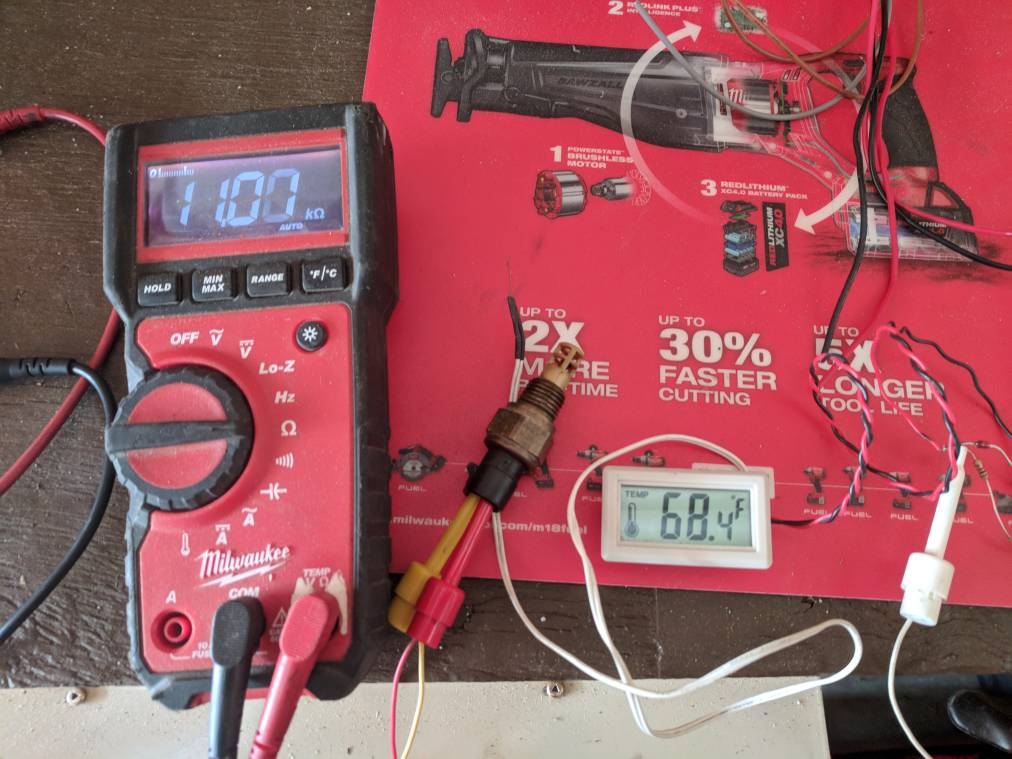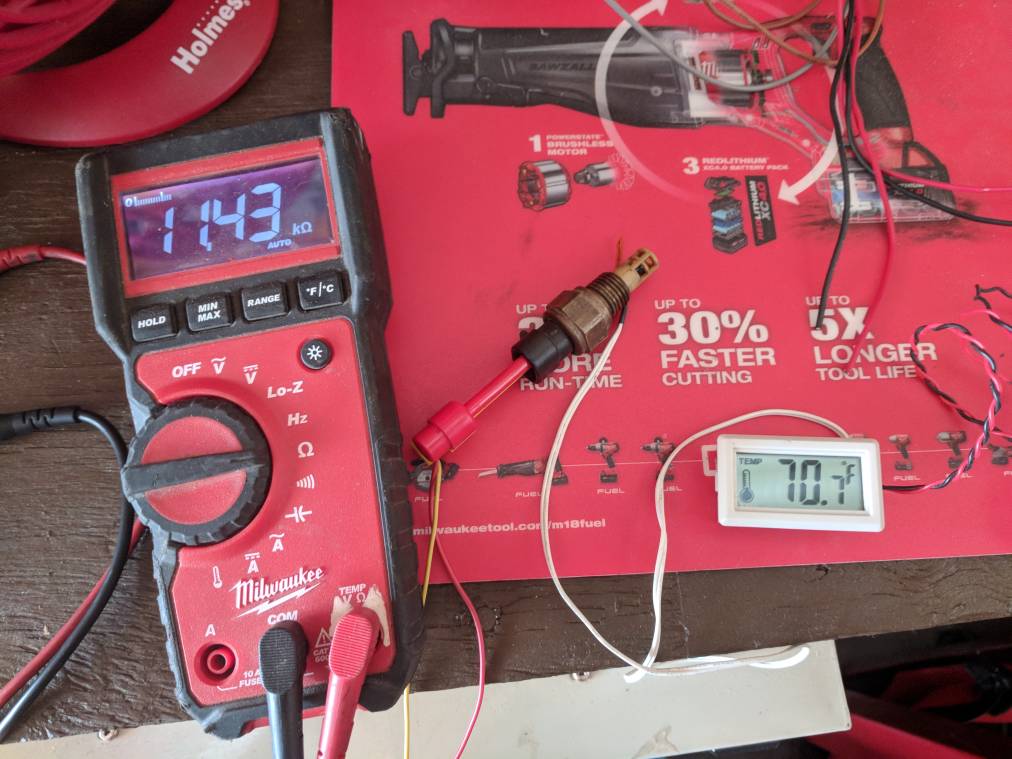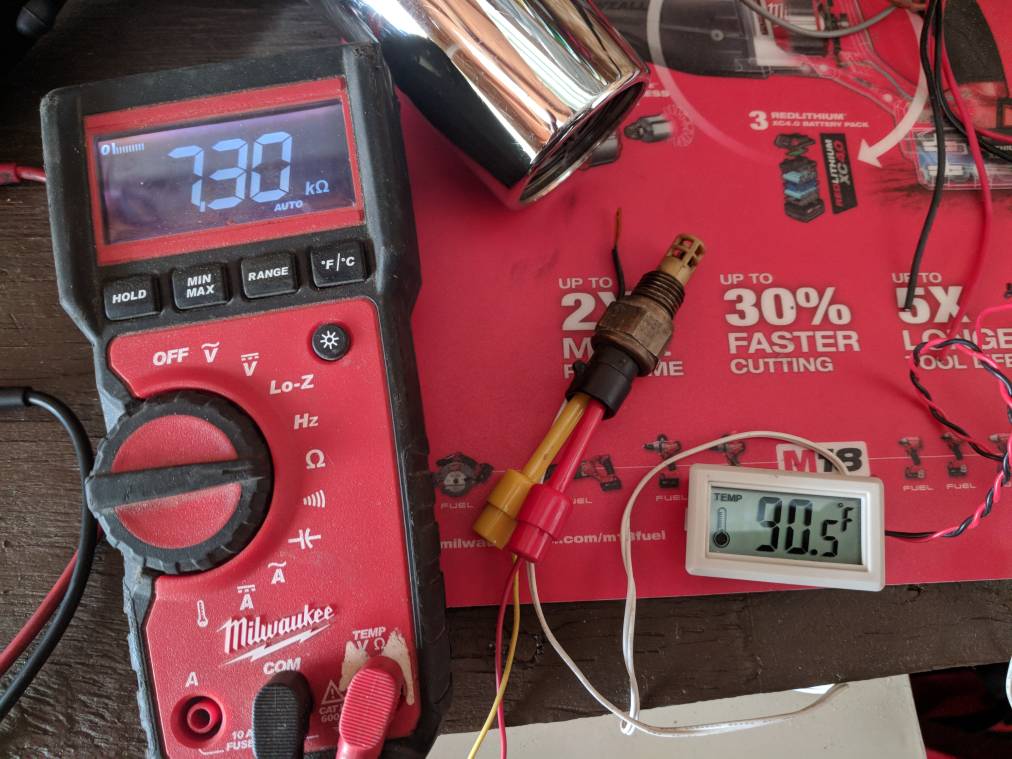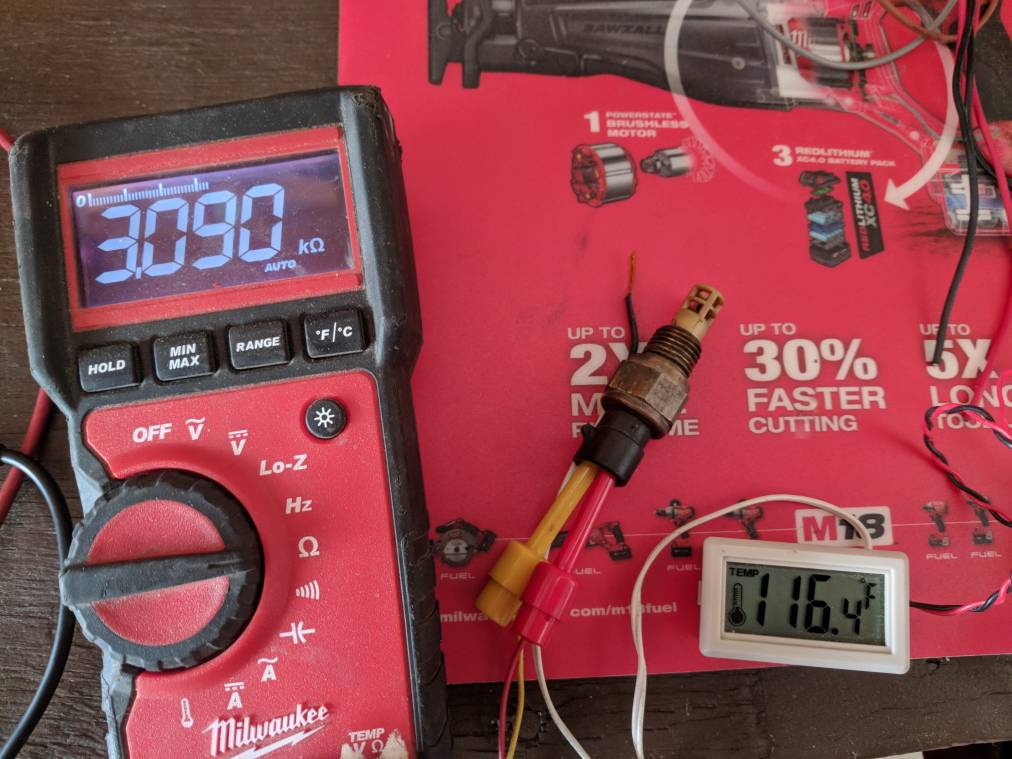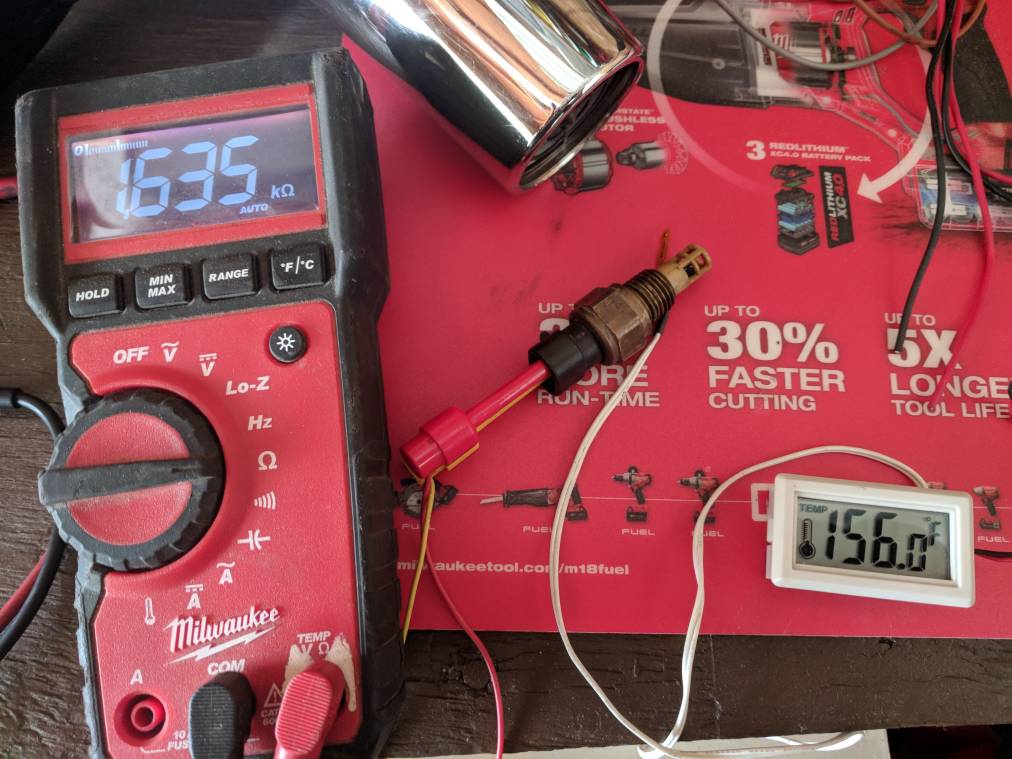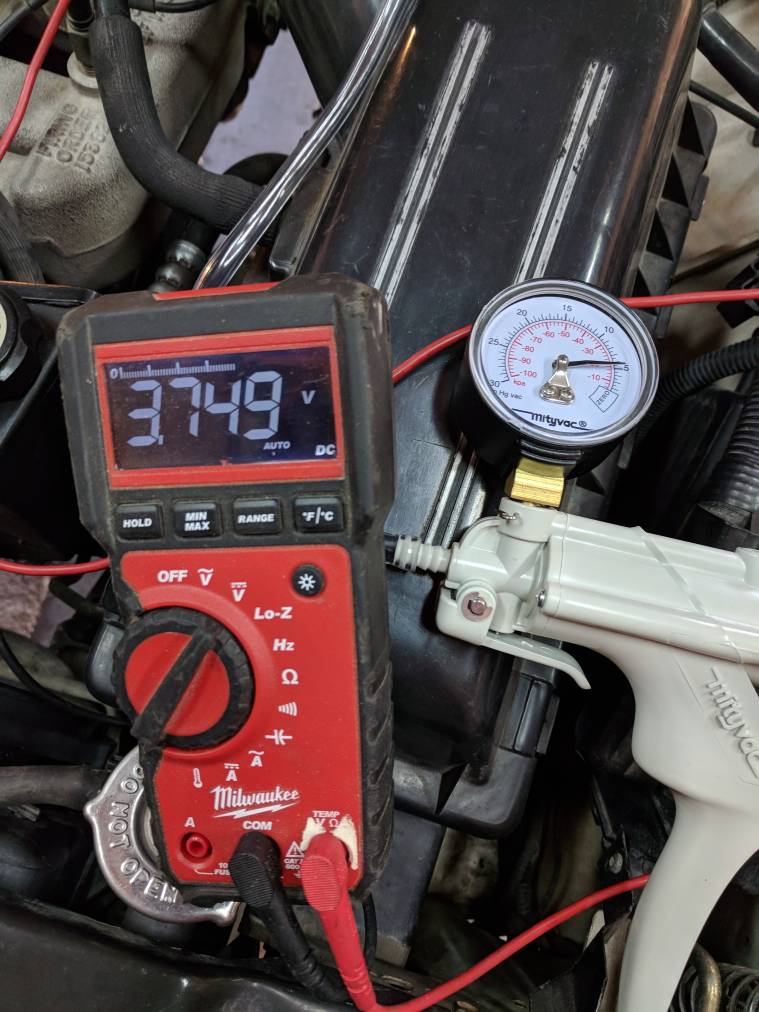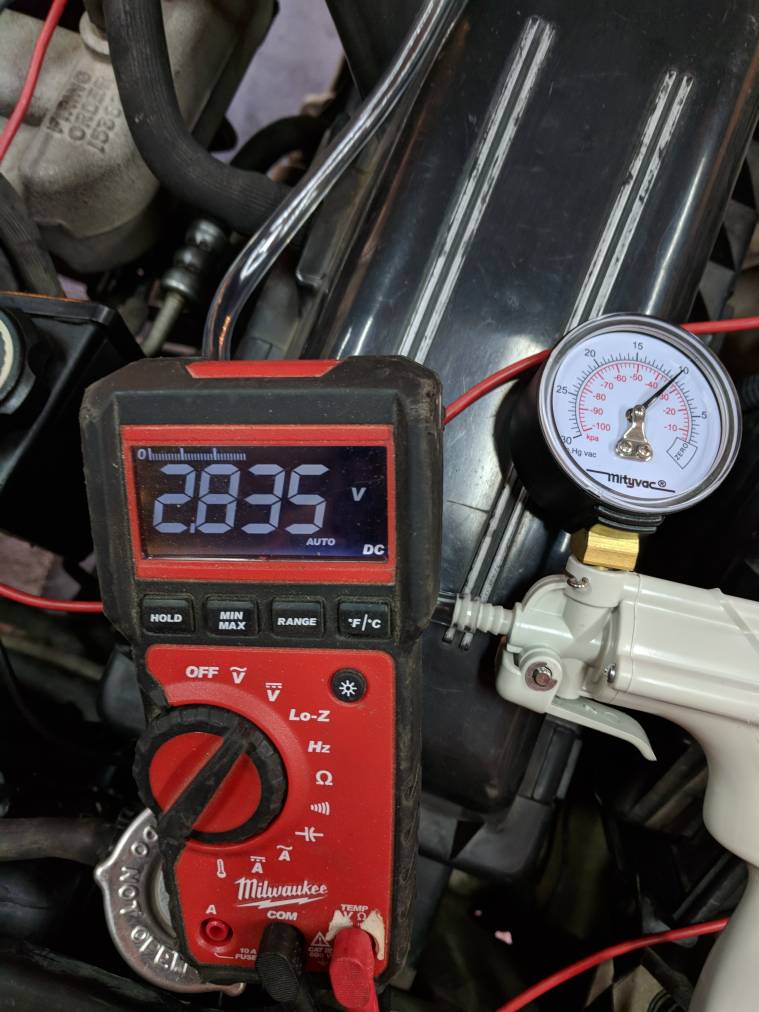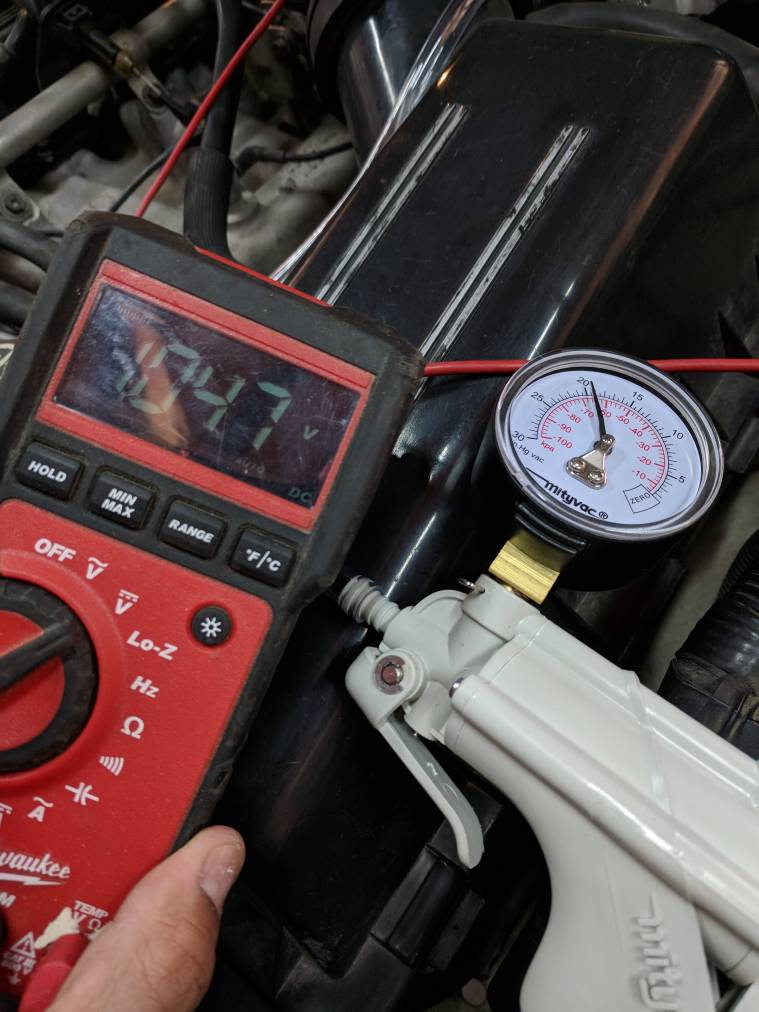- Location
- MilkyWay Galaxy
I have never believed the local folklore here that NTK O2 sensors are way better than Bosch. The Renix sensor was invented and was OEM from Bosch. That is what I use. All my rigs are Renix, and most here say NTK is best for the HO rigs. The real story is to pull out an analog volt meter and test the dam things with an O2 bottle, and flame from a torch, and to test the wiring internals for about 8 ohms on the internal resistance wire heater, and test for the voltage to the sensor and to sensors heater... test the ground and so on.
Is your rig Renix or HO? Year?
This could be a good lesson for everyone having NOx smog test issues!!! It is called bias, and it is hard to test for with out a CO2 and O2 feed bottle and flow measurement meters to run the O2 concentration up and down in a quantifiable way. May be a good thread idea folks!!!! Bottles are cheap, just need good lab flow meters.
Congrats on saving the jeep and fixing your problem. Took me years to solve of my never seen before, Renix sensor problems, LOL.
:cheers:
Is your rig Renix or HO? Year?
This could be a good lesson for everyone having NOx smog test issues!!! It is called bias, and it is hard to test for with out a CO2 and O2 feed bottle and flow measurement meters to run the O2 concentration up and down in a quantifiable way. May be a good thread idea folks!!!! Bottles are cheap, just need good lab flow meters.
Congrats on saving the jeep and fixing your problem. Took me years to solve of my never seen before, Renix sensor problems, LOL.
:cheers:
SOLVED!!! I PASSED!!!
I replaced the BRAND NEW OEM NTK oxygen sensor with a BOSCH oxygen sensor and dropped Nox from 1600 and 1500 to 10 and 0.
Which means I spent over $900.00 and approx 40 hours working on my Jeep, missed several days of.work and failed 5 smog tests simply because a BRAND NEW NTK oxygen sensor was sending bad data to the computer indicating a rich AFR so the computer leaned out the AFR Thanks NTK!

